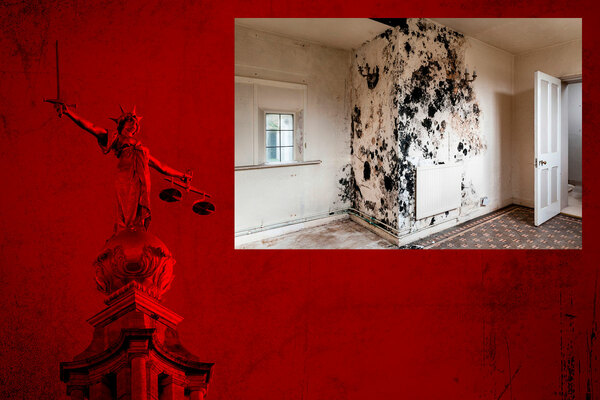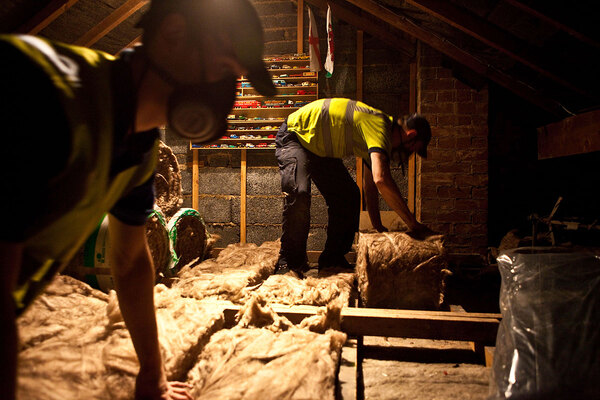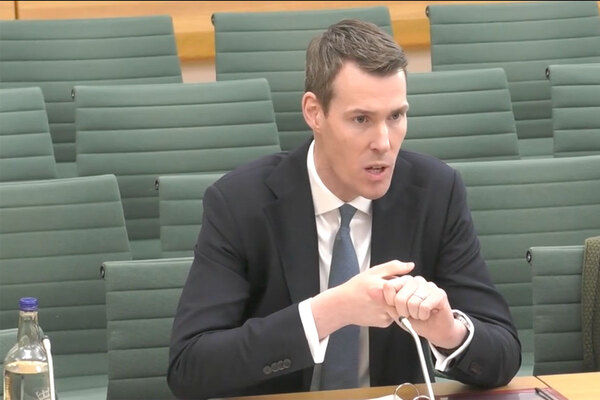Fitness for habitation – the new law explained
The Homes (Fitness for Human Habitation) Act 2018 comes into force next Wednesday. Liam Hale explains what social housing providers need to know
Fitness for habitation is increasingly high on the agenda of social housing providers as the number of repair claims continue to rise.
This rise in repair claims is not necessarily the result of poor housing, but due to an increased awareness of the ability to claim driven in part by very targeted and aggressive advertising and social media campaigns by law firms and claims companies.
The new Homes (Fitness for Human Habitation) Act is likely to see claim activity increase further.
So what does fitness for habitation really mean?
The law on habitation has been very clear for more than 30 years. The Landlord and Tenant Act 1985 deems a property unfit if it is defective in one or more of the following ways:
- Repair
- Stability
- Damp
- Internal arrangement
- Natural lighting
- Ventilation
- Water supply
- Drainage and sanitary conveniences
- Facilities for preparation and cooking of food and for the disposal of waste water
The Fitness for Habitation Act adds to this list “any prescribed hazard”.
The definition of “any prescribed hazard” is essentially any hazard that is described in the housing health and safety rating system which currently lists 29 hazards including asbestos, fire, noise, pests and electrical hazards.
The act also implies a new ‘fitness for habitation’ covenant into the following tenancies:
- New tenancy agreements that are for a term of 7 years or less
- All tenancy agreements that are fixed term before the commencement date but become a periodic tenancy after the commencement date (eg starter tenancies or periodic tenancies that convert after an initial fixed term)
- All periodic tenancies that are in existence at the commencement date (but note that this will not take effect until 12 months after the commencement date – so 20 March 2020)
The covenant states that the property must:
- Be fit for human habitation at the time the lease is granted or otherwise created or, if later, at the beginning of the term of the lease
- Must remain fit for human habitation during the term of the lease
There are some things that a landlord cannot be held responsible for. These include when the issue is a result of a tenant’s behaviour, accidental damage such as flood or storm damage, where third-party consent is needed but not given or if works need permission such as planning.
Under the new Homes (Fitness for Human Habitation) Act, if a property is deemed unfit the tenant has the right to bring a claim against its landlord for breach of contract.
Tenants will be able to apply directly to the court for an injunction to compel their landlord to undertake the needed works and for damages to be awarded. Damages are likely to be assessed in a similar manner to disrepair claims on a ‘loss of amenity’ basis.
Currently disrepair claims are brought in accordance with the well-established ‘pre-action protocol for disrepair claims’. It remains to be seen as to whether they will be amended to include ‘fitness claims’, but it is likely that it will be amended to continue to place emphasis on early resolution of claims thus limiting costs and the impact on limited court resources.
The act applies to all social and private sector landlords or agents acting on their behalf. It is no coincidence that this act follows the tragedy of Grenfell and means that landlords will need to pay much closer attention to their obligations to their tenants. A first and urgent step should be to review repair policies.
“It is essential that repair history records and systems are up to date and to record information accurately”
Our experience shows that one area where landlords all down is on repair record keeping.
It is often the case that landlords’ record keeping falls short both where repairs are completed or, following a tenant refusing to give access, have yet to start.
It is essential that repair history records and systems are up to date and to record information accurately in a way which is easy to understand. Ultimately, these records will be scrutinised by solicitors and the court so it is important they are accurate.
The Homes (Fitness for Human Habitation) Act cannot be ignored but nor should it unnecessarily worry registered providers. It should, however, serve as a reminder of good practice.
Liam Hale, associate, Winckworth Sherwood














